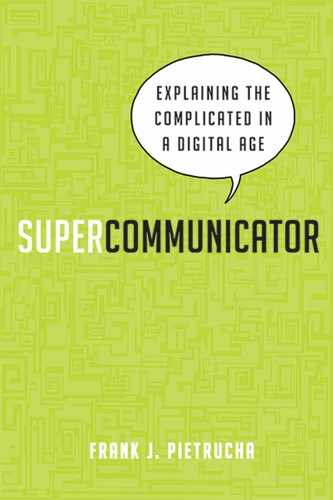Humanize Your Communications |
|
Who would you rather watch on YouTube: Steve Jobs or Bill Gates? Bloomberg Businessweek columnist Carmine Gallo bets you'll pick Steve Jobs. The late co-founder of Apple Inc. had a magical touch when introducing his innovations. If you attended any of his legendary product launches, you wouldn't hear engineer babble about technical details. Jobs used simple and concrete words. He was clear and concise, and when appropriate became emotionally charged. His presentation style was the polar opposite of his rival Bill Gates, who was more technical. Gallo notes: “where Gates is obtuse, Jobs is clear. Where Gates is abstract, Jobs is tangible.”1
Jobs did more than follow the basic guidelines of simplicity and clarity like those outlined in the last section. He incorporated those virtues into his own personal style—appearing to live the digital age mantra. Bill Gates is still very much a genius. I applaud him for his contributions for driving technological change, but he doesn't explain or inspire in the same way as his rival. Jobs's natural communication style made him a poster boy for digital age communication.
We don't write copy or give presentations like we used to. Gone are the days of dense, heavy text that weighs audiences down. Likewise, the era of dry, formal presentations that put colleagues and clients to sleep is also, mercifully, coming to an end. Digital natives don't have the time or interest in reading copy that feels like it's rooted in the Victorian era, nor will they listen to a speaker drone. The Internet has jolted us into a contemporary frame of mind where content is more relaxed, easier on its audience, and gets to the point quickly. But be careful…relaxed doesn't mean unprofessional. Nor is today's breezier approach appropriate for all situations. Finding a digital age communication style that fits you and best serves your audience may take some effort to develop.
This part of the book is about helping you find your digital age voice. Consider this a communications makeover. The Internet is changing how we share data and express ourselves. The technology that makes heaps of information immediately available is also transforming the way we use language. If you grew up during the yesteryears of analog communication, you may consider adapting your style to more dynamic times. If you're a digital native you may have a relaxed vibe built in, but continue to read. Today's looser style has its limits.
The move to dynamic, friendly content can be unsettling. Those of you born before Gates dropped out of Harvard or Jobs quit Reed College were taught that sounding intelligent meant communicating in a stilted style. Our teachers encouraged us to adopt a seemingly pompous tone when writing. The more elaborate the words and the longer the sentences the better—this is how we marked intelligence. This is most unfortunate. Sounding stuffy doesn't make you smarter, it only makes you harder to understand. To communicate content with ease, leave all that fuss behind. For the new millennium, unshackle the bonds of dense language and discover a freer mode of expression. And be yourself.

